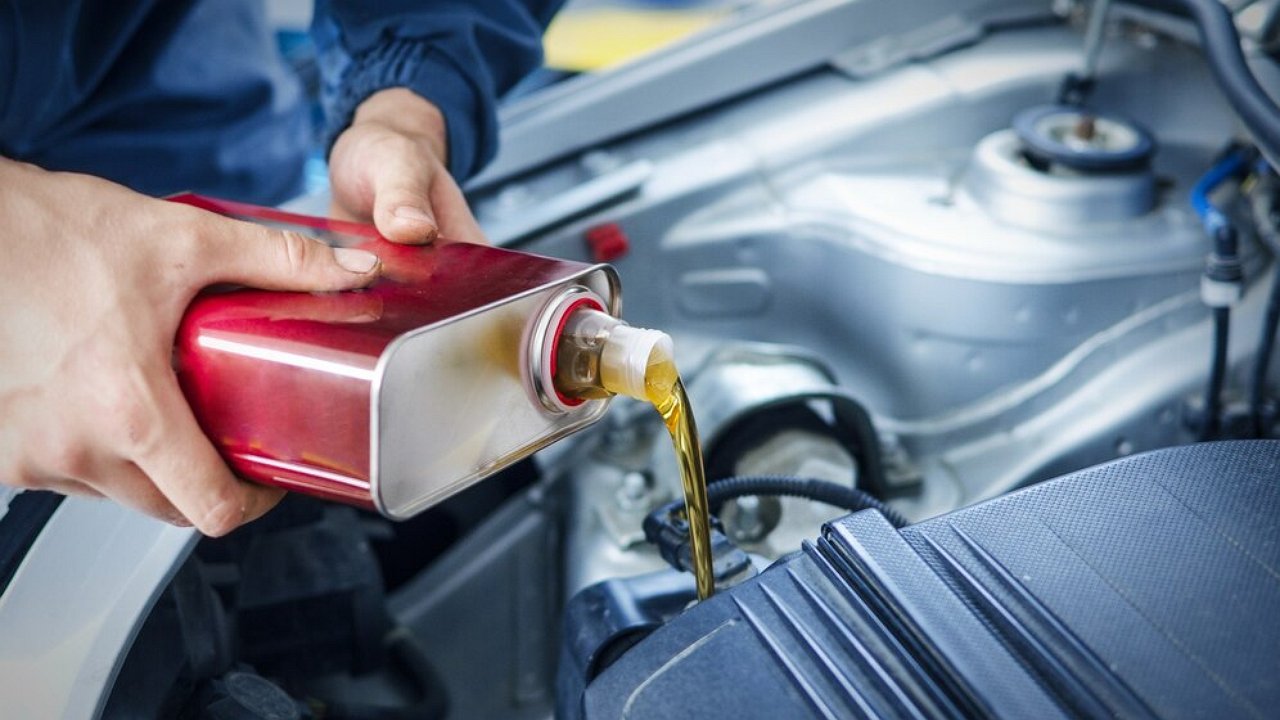Can motor oil freeze in a car?
- January 23, 2024
- 0
The bitter frost of early January caused a lot of problems for both car owners and car repair shops: at the same time, batteries and control units became
The bitter frost of early January caused a lot of problems for both car owners and car repair shops: at the same time, batteries and control units became

As soon as the mercury in the thermometer drops below zero, motorists begin to become hysterical: what if it freezes? “Swallow” undoubtedly freezes, but this is not fatal if we are talking about temperatures up to −15 degrees. But then it gets really interesting. In such frost, an old battery can fail, a self-installed multimedia center or the sensory richness of newly minted Chinese cars can start to feel blue. More serious problems also arise: for example, at −15 degrees the mineral oil in the engine begins to freeze.
Freezing engine oil is itself a death sentence. The cylinder head, of course, will not deform, there is not so much fluid in it that frost would lead to death, but the oil pump will not be able to pump lubricant into the engine, and this will automatically lead to wear in the cylinder. That same oil fasting that everyone fears and that everyone benefits from. And an oil pump clogged with ice will most likely be asked to ‘go out’. Is the crankshaft turning or is the starter burning out? The latter would be better. Cheaper.
Most drivers at this point exhale and calm down: who in their right mind would use mineral oils these days? These times are long gone, except that you can still find such lubricant on some shabby Soviet-made trucks and diesel locomotives. Let us disappoint: already at -20 degrees the problems begin with semi-synthetics, and at -30 degrees – with synthetic motor oils.
The icing on the cake is the composition of the oil on the household shelf: many liquids are downright counterfeit. The contents do not correspond to what is stated on the label, causing freezing to occur much earlier than indicated. In addition: during the operation of the car, the engine oil wears out, losing its properties, and it also has hygroscopicity – the ability to absorb moisture – although insignificant.
And of course, there will be water in the closed circuit of the engine – condensation is not canceled. Especially when the temperature jumps from zero and below to -30. And then there are the morning warm-ups, sitting in traffic, and much more.
Therefore, with super low temperatures in Central Russia – we are talking about -25 and colder – it is worth weighing the need to travel by car now and the possible consequences of this trip. Do you need to move in such cold weather? Double attention to the choice of motor oil: only from trusted sellers, only proven compositions. Yes, it is expensive, but dismantling and washing the internal combustion engine is even more expensive.

As soon as the mercury in the thermometer drops below zero, motorists begin to become hysterical: what if it freezes? “Swallow” undoubtedly freezes, but this is not fatal if we are talking about temperatures up to −15 degrees. But then it gets really interesting. In such frost, an old battery can fail, a self-installed multimedia center or the sensory richness of newly minted Chinese cars can start to feel blue. More serious problems also arise: for example, at −15 degrees the mineral oil in the engine begins to freeze.
Freezing engine oil is itself a death sentence. The cylinder head, of course, will not deform, there is not so much fluid in it that frost would lead to death, but the oil pump will not be able to pump lubricant into the engine, and this will automatically lead to wear in the cylinder. That same oil fasting that everyone fears and that everyone benefits from. And an oil pump clogged with ice will most likely be asked to ‘go out’. Is the crankshaft turning or is the starter burning out? The latter would be better. Cheaper.
Most drivers at this point exhale and calm down: who in their right mind would use mineral oils these days? These times are long gone, except that you can still find such lubricant on some shabby Soviet-made trucks and diesel locomotives. Let us disappoint: already at -20 degrees the problems begin with semi-synthetics, and at -30 degrees – with synthetic motor oils.
The icing on the cake is the composition of the oil on the household shelf: many liquids are downright counterfeit. The contents do not correspond to what is stated on the label, causing freezing to occur much earlier than indicated. In addition: during the operation of the car, the engine oil wears out, losing its properties, and it also has hygroscopicity – the ability to absorb moisture – although insignificant.
And of course there will be water in the closed circuit of the motor – condensation is not eliminated. Especially when the temperature jumps from zero and below to -30. And then there are the morning warm-ups, sitting in traffic, and much more.
Therefore, with super low temperatures in Central Russia – we are talking about -25 and colder – it is worth weighing the need to travel by car now and the possible consequences of this trip. Do you need to move in such cold weather? Double attention to the choice of motor oil: only from trusted sellers, only proven compositions. Yes, it is expensive, but dismantling and washing the internal combustion engine is even more expensive.
Source: Avto Vzglyad
Donald Salinas is an experienced automobile journalist and writer for Div Bracket. He brings his readers the latest news and developments from the world of automobiles, offering a unique and knowledgeable perspective on the latest trends and innovations in the automotive industry.